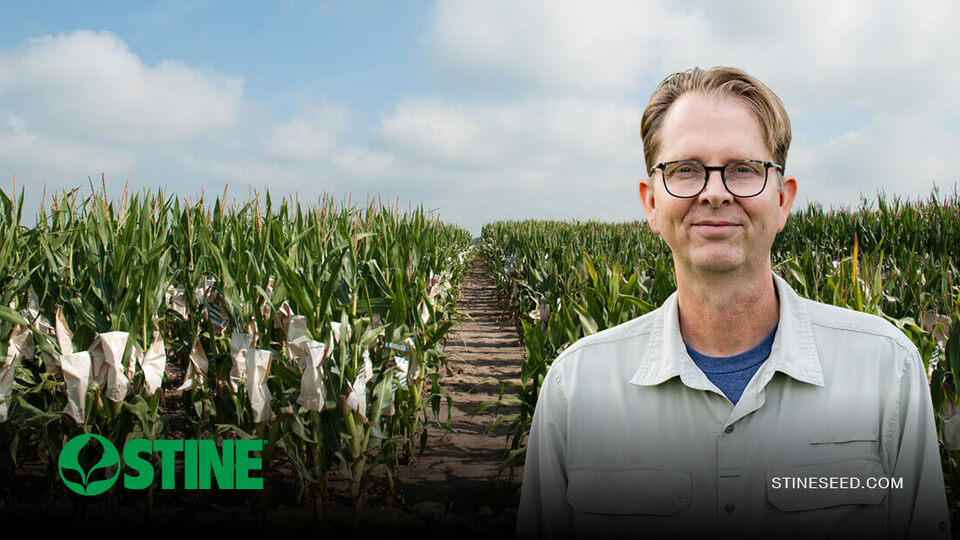Growers from the Mid-South Delta to my region in the upper Midwest/Great Lakes are speculating on when the weather will begin to favor planting season. In any case, growers want to get out in the field early, when possible. Since it’s truly a game of luck, it’s important to start monitoring the weather. I research older weather patterns and also keep an eye on the five- to seven-day forecast. If you see a window of dry, moderate temps, it’s time to start checking soil temps as well. Here are a few recommendations on the most favorable conditions to start planting corn and soybeans.
Corn
You always want to start early with corn. If temps hold steady for four to five days, check the temperature of your soil. Be sure to measure at a depth of one to one and a half inches to get a thorough reading. Ideally, if your soil stays at 50 degrees for at least four hours throughout the day, it’s a good time to plant. Anything lower than 50 degrees can affect germination and emergence, especially in the first few days after planting when the seedlings are at their most volatile stage.
Soybeans
I typically recommend growers wait a week or two after corn is in the ground before starting soybeans. If soybeans are hit with a hard frost after emergence, it kills off the plants. For corn, on the other hand, the growing point stays below ground for a longer period of time, so they are at less of a risk for frost issues. For soybeans, you want to measure the temperature at the same depth of corn — one to one and a half inches. Before you start planting soybeans, make sure the temperature of the soil is consistently 50 degrees for at least eight to nine hours of the day for four to five consecutive days.
For more information on the best time to plant, contact your local Stine sales agronomist.
Related Articles
-

Use Stine’s XP® seed treatments to prevent early injury to your crops
December 2025 in Agronomy
-

Understanding Stine’s enhanced oil profile soybeans
December 2025 in Agronomy
-

Soil sampling sets the stage for spring
November 2025 in Agronomy
-

Corn production growth paves way for more high-performing Stine® hybrids
November 2025 in Agronomy



